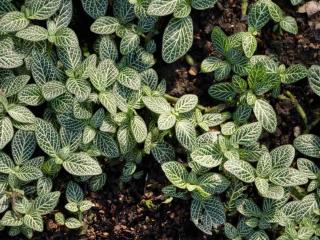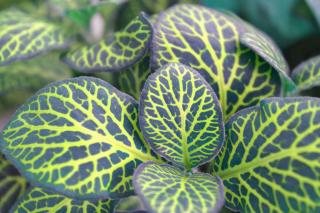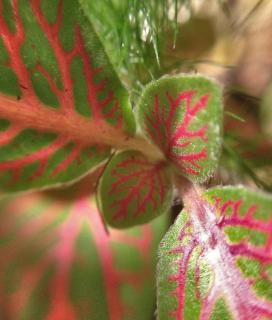

The Nerve plant, Fittonia, is native to the tropical forests of South America.
Key Fittonia facts:
Name: Fittonia
Common: nerve plant
Family: Acanthaceae
Type: indoor plant
Height – 12 to 20 inches (30 to 50 cm)
Exposure – part sun
Soil: soil mix – Foliage: evergreen
Care, repotting, watering and exposure are small tasks that will make your fittonia even nicer.
It makes our houses and apartments look lively with its lush ornamental impact and uniquely veined foliage.
Upon purchasing, if the pot is too small, proceed to repot the fittonia so that it may grow adequately.

A fittonia’s staunchest enemy is the sun’s rays. This plant’s natural habitat is the deeply shaded cover of multi-storeyed tropical forests.


All year long and especially during summer, spray water on the leaves to recreate the moisture levels of its natural habitat.
Keep the soil mix a bit moist and check that water drains properly.
Add liquid leaf plant fertilizer every 8 to 15 days during this growing phase.
Reduce watering and wait for the soil to be dry before watering again.
Stop adding fertilizer.
Indoor winter heating tends to reduce indoor air moisture levels, so you’ll need to spray water on leaves often.
Most often, problems that appear are the typical indoor plant diseases: red spider mite, scale insects and aphids.
Fittonia is a wonderful leaf plant, with intricate veins that contrast with the fleshy portions of leaves. It makes a lot of sense to pair this low-height grower with a taller, towering plant that matches its colors.
For instance, the red-veined fittonia above is a beautiful for a dracena bicolor in the same pot, creating two stages of emerald and ruby colors.
A fabulous indoor plant, Fittonia is vulnerable to aphids. To avoid this, spray it often with a pyrethrum-based insect killer.
Read also: